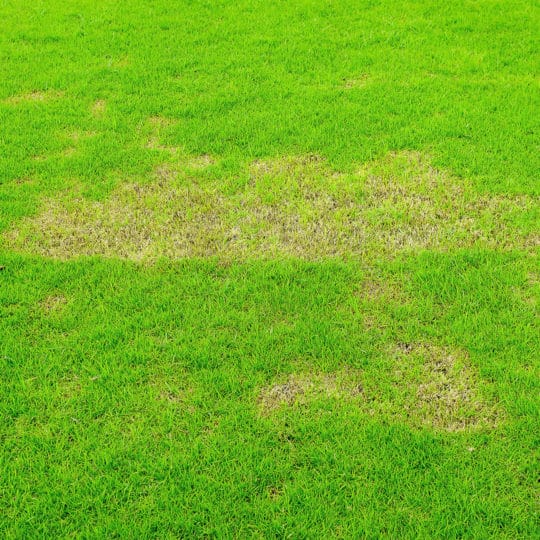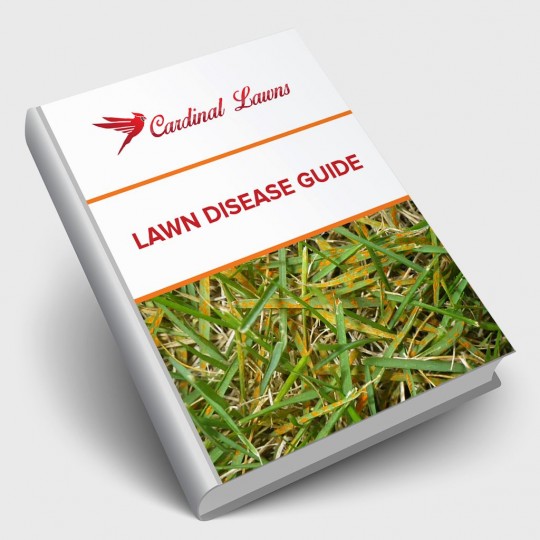New Year, New Lawn Issues
How to Guard Against Lawn Rust
Posted
December 26, 2019

In the new year, make a resolution to take good care of your lawn. If you’ve noticed new issues over the last few months, now’s the time to plan how you can restore your grass come spring. One common problem that appears toward the end of the year is lawn rust. Learn more about how to spot the disease and what to do about it.
What is Lawn Rust
Rust is a fungal disease that affects grasses during the start of their dormancy—usually in late summer or early fall. Other factors that lead to rust include:
- Warm, humid conditions followed by the bright hot sun
- Cool nights
- Heavy rainfall
- Excess dew
- Low nitrogen levels.
Lawn rust spreads easily and weakens grass leaving it more susceptible to other diseases.
Signs of Rust
It’s easy to see various signs of lawn rust. Pull a few blades and look for the following:
- Yellowing leaf blades or yellowish spots.
- Coating of orange-red to yellowish-brown dust or spores.
- Spores easily rubbed off grass with a finger.
- Thin and weak patches of grass.
When the leaves are covered with rust spores it can’t go through photosynthesis properly, leading to poor plant health and growth.
Controlling Lawn Rust
Some species of grass is more resistant to rust—like Kentucky bluegrass and ryegrass. Protect other types of grass with proper lawn maintenance practices such as:
- Routine mowing
- Clean off lawn equipment to prevent the spread of disease.
- Rake and remove thatch.
- Water early in the day so the grass dries before the temperature rises too high.
- Test your soil before fertilizing in fall and add nitrogen if necessary.
- Apply a fungicide to prevent the spores from forming.
If you’ve tried these measures and still notice lawn rust or other diseases, contact Cardinal Lawns for more information on how to make the new year a happy one for your grass and garden.

Download Your FREE Lawn Disease Guide
Even the most manicured landscapes are susceptible to lawn disease. Take some time to learn about identification and removal before one takes over your lawn. This handy guide teaches you how to spot common lawn diseases as well as how to properly treat them.